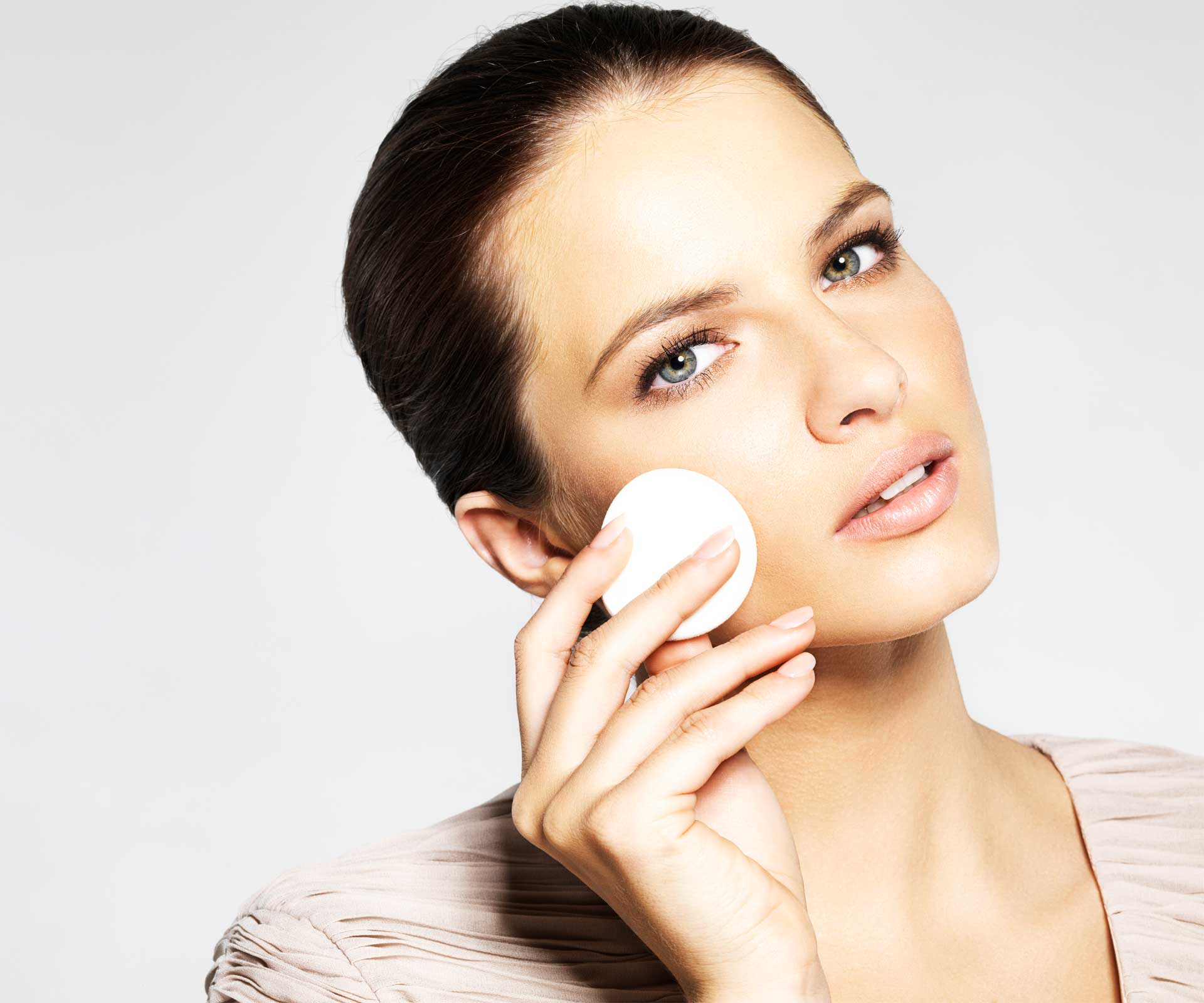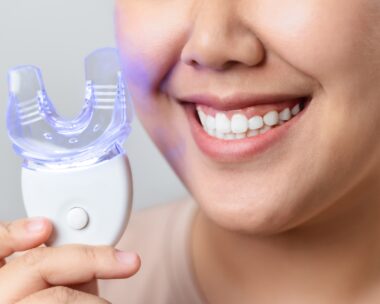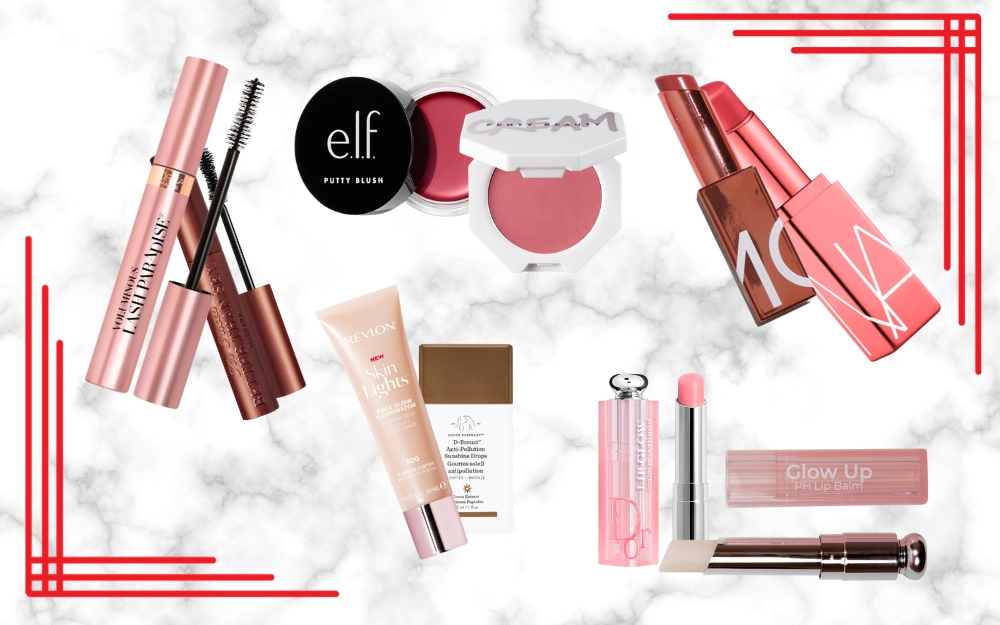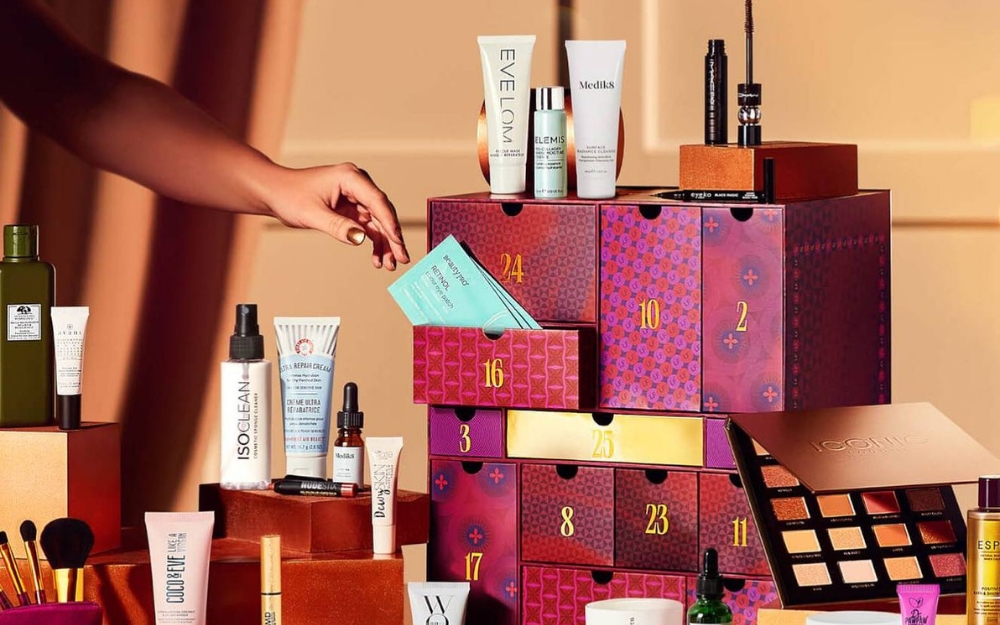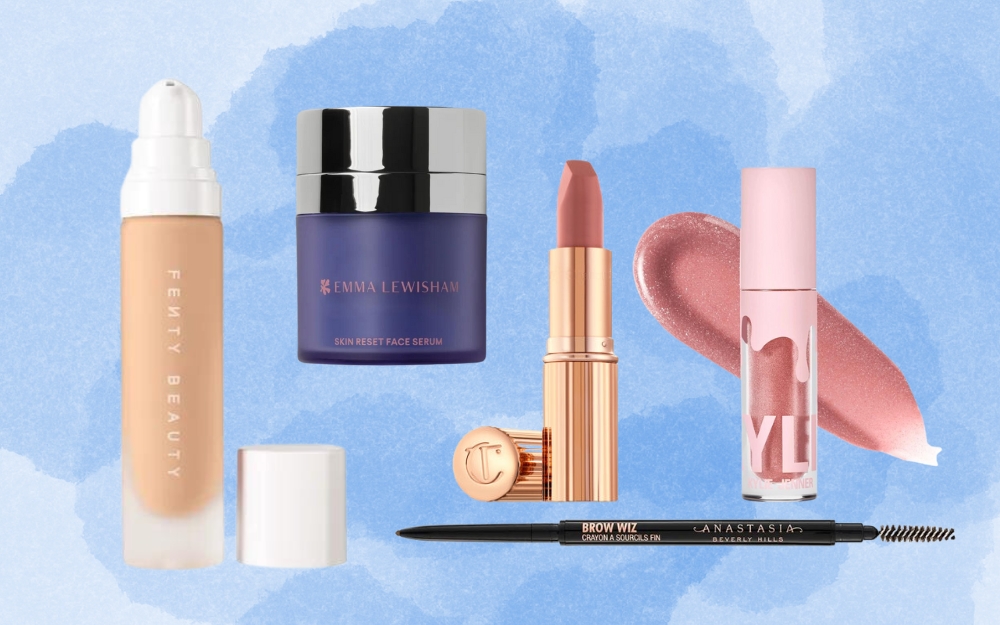Fat reduction
From suction to lasers to injections – the fight against fat continues. Forget extreme diets and rigorous exercise; last year New Zealand received access to laser technology called TruSculpt 3D that targets fat cells and destroys them.
Now – in what could be the biggest launch of 2018 – there is an injection that dissolves fat cells. Known in the US as Kybella, Pitsilis suspects it will soon become available here, and that it will be revolutionary.
“Its chemical name is deoxycholic acid and it’s made in a lab, but it’s the same kind of compound that your gallbladder excretes.” The treatment takes around 30 minutes and involves around 20 injections dissolved in the fat.
“It requires two to four treatments every four to six weeks,” explains Pitsilis. “You can get some burning or discomfort and swelling but as the fat load reduces, you get less of that. I’d do it on a Friday and take the weekend to recover.”
Gynecological concerns
Pitsilis suspects advancements in treatments for vaginal concerns could increase and become more widely accepted. “Sixty is the new 40 and women want to remain high functioning. They don’t want to be put out to pasture when their hormones go,” says Pitsilis.
“They want all areas of their life to be functioning well, they’re not necessarily rushing into retirement and they want to look and feel good.”
She’s referring to the use of PRP (platelet rich plasma) that’s injected into certain areas in the vagina to assist with leaky bladders, urinary stress incontinence and aiding sexual experiences.
The regenerative cells help to rejuvenate the vaginal tissue, and for some this can be life-changing, particularly for those who have undergone cancer treatments, which can cause dryness and discomfort.
PRP can be used in most areas of the body (even arthritic joints) and is available at Skinfresh Clinic, The Face Place and cosmetic clinics throughout the country.
Highlighter and luminiser
Pedersen says there’s a shift toward skin looking like it’s been lit from within.
“People want to look like they’re wearing makeup when they’re not,” she says.
“This means they’re reaching for creams and oils that give extra luminosity without adding an extra layer of product. We’re moving on from the full face makeup look; people want their freckles to show through. It’s that natural, beautiful finish. I think it was almost before its time. But Clinique’s Turnaround Daytime Revitalizing Moisturizer is full of optics, providing skin with a gorgeous glow, and we’re seeing an increase in interest for this amazing product. The Even Better Glow foundation also provides moderate coverage with an SPF. It’s lightweight and can be built up. It’s appropriate for young skin but also great for older skin because it reflects light.”

Skincare staples
“It’s important to remember that the skincare staples don’t change, because your skin physiology is what it is and your environment isn’t going to change,” Lauren explains.
“In other words, it is a fact that UV breaks down essential nutrients in the skin and they must be replaced in the form of good active skin care: the fundamentals are vitamin A and antioxidants. Having said that, the skincare industry is making progress around understanding skin physiology. The skin is a massively complex organ in which we are continually discovering new ingredients which will enhance or interact with the skin’s physiology.”
Acid as a skin treatment
“Tranexamic acid has been used safely in the medical industry for many years. Simply put, it is a compound of amino acids to stop the breakdown of clots in the body,” explains Lauren.
“This ingredient is very helpful in controlling dermal pigment, which is impossible to treat but can be controlled exceptionally well. The parcels of pigment that sit in the dermis, and are untreatable with IPL or lasers, are broken down by tranexamic acid. Tranexamic acid is already used in skin treatments, but I believe 2018 will see more prevalence of it in home care and in-clinic treatments.
“We have just launched the new SkinMedica Lytera 2.0 with tranexamic acid and I’m about to trial an in-clinic treatment next week!”

Skin peels
“From my experience I truly believe the most progress in skin rejuvenation is through topical nutrients. This needs to start with the correct home care regime and can be enhanced with peels,” says Lauren.
“Most people assume peels are aggressive and will lead to scabbing and downtime. There is a place for these peels, but the industry has turned toward a more progressive and strengthening approach.
“I follow the philosophy that exfoliation should be controlled and only used at appropriate times, and used mainly as a medium to allow better absorption of essential nutrients. Those nutrients come in the form of peels that have low or no acid and may contain peptides, vitamin C and vitamin A.”

Probiotics
“Gut bacteria elevate the human immune system. Having a strong immune system benefits all the organs of the body, including the skin. They are known to help with atopic dermatitis, promote the healing of scars and burns, and general skin health and rejuvenation,” Lauren says.
Vitamin A
“Vitamin A is an integral and essential part of your skin cell. It is constantly broken down by UV and will therefore be chronically depleted for everyone,” says Lauren. “By replenishing the skin with vitamin A, it will not only help to organise cell function but also reverse existing damage. It does this through a process called gene transcription, where damaged DNA coding is repaired.”
Delivery systems
“Encapsulating certain ingredients is becoming incredibly advanced as they develop systems that allow prolonged time release, and include certain ingredients which can cancel each other out to be added to the same formulation without compromising its efficacy.”
